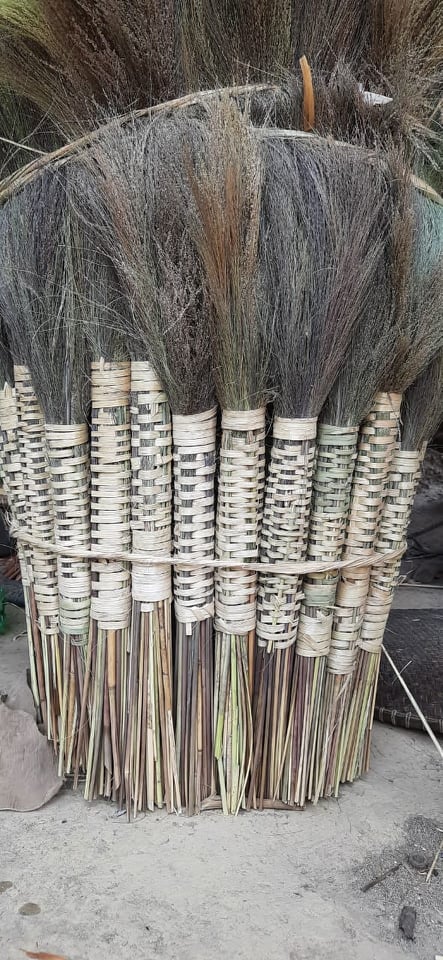Participatory management of natural resources
Batwa towers in the Bururi forest nature reserve
Photo. Nzigiyimpa Léonidas.2017
In 2017, 28 Batwa households (indigenous peoples of Burundi) were involved in activities to maintain 33 km of boundary and 15 km of internal tracks, open 2 km of tourist trails, fight bush fires and poaching.
- Mutual trust between the Batwa community and reserve managers.
- Commitment to ongoing dialogue between the protected area's conservation services and the Batwa community.
- Transparency in the management of funds allocated to the community's involvement in reserve management activities.
- Empowering the Batwa is a mark of respect and esteem that motivates them to become more involved in protecting the reserve.
Biodiversity management requires a holistic, ecosystem-based approach.
Nature conservation cannot be successful without taking into account the role of riparian communities.
